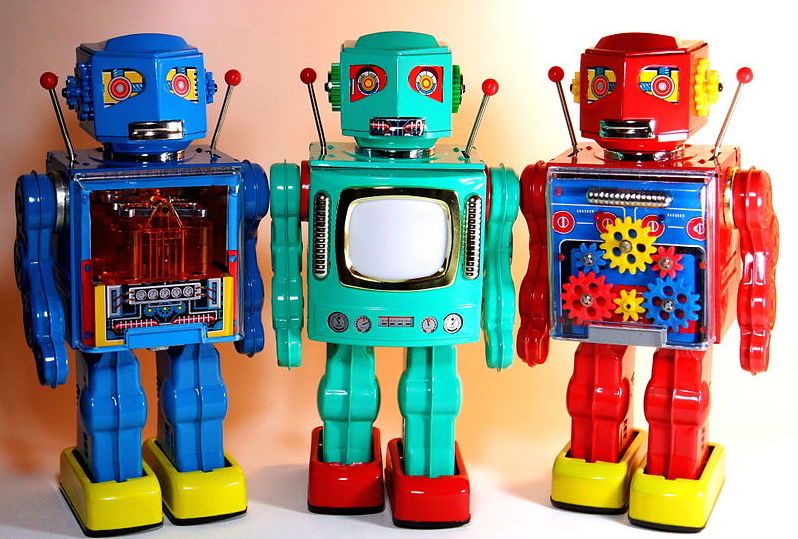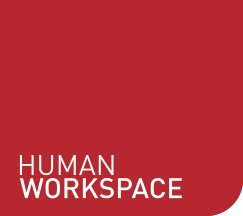The world is currently in the midst of its 4th Industrial Revolution, which is being driven by automation and information. The rise of the use of robotics in numerous industries has caused real concern for the future of many jobs. According to Pew Research, 72% of Americans express wariness or concern about a world where machines perform many of the tasks done by humans.
Though it’s undeniable that more and more tasks are becoming automated, and that this trend will only rise as technology advances, the end of the human workforce is far from nigh. Prophetic claims of the extermination of the human workforce have been greatly exaggerated.
The rise of robots
There are many things that robots can do better than humans. They will always have the advantage when it comes to tasks that involve heavy lifting, precise motions and exact repetitions. They possess more strength, endurance and accuracy than humans, which has resulted in the loss of numerous manufacturing jobs. Another advantage of robots in the thankfully more safety-conscious present day is an ability to work in hazardous environments.
Beyond the manufacturing industry, automation is growing in a variety of sectors. Widely known are the self-checkout tills in supermarkets and service kiosks in retail, but robots have also been introduced in several surprising workplaces. In hospitals, robots have been delivering trays of food and drugs, cleaning linens, disposing of waste, and safely lifting patients for a number of years. In 2014, the University of Birmingham introduced its first ever robot security guard, Bob. Bob stands at 5 feet 10 inches tall and scans rooms to detect anything out of the ordinary. In South Korea, children are even learning English from a robot teacher, Engkey. The trend of introducing robots into new, unexpected vocations isn’t going away anytime soon.
The human touch
Robots may well be taking over a number of jobs, but there will always be a need for human intervention between the jobs that robots do, and those jobs operated by technical and operational teams. Automation alone is not the best way to increase productivity. Striking the right balance of a human and robot workforce is the modern path to success in manufacturing. It is important to recognise the advantages us homo sapiens have over our mechanical counterparts. For example, robots excel when it comes to prescribed tasks but typically cannot handle unexpected situations. They are also unable to improve on the job without reprogramming as they are unable to learn from situations in the same way we can. And if a robot malfunctions, fixing the issue not only costs money but time too.
The automotive industry was among the first to truly embrace the widespread use of robots on factory floors. In this sector, there are a number of case studies that prove companies cannot simply replace people with machines and expect instant results. An appreciation of the types of tasks robots do more effectively, and in contrast the jobs that require the human touch is the key to success. Leading car companies have almost completely automated their paint and body shops. These types of jobs require constant repetition and consistent quality. On the contrary, assembly lines, which deal with the vast amount of options in today’s customised vehicle market, rely heavily on people due to the flexibility and personal touch required. An ability to understand the costs involved in automation is also a deciding factor when it comes to the success or failure of a business. One European auto plant that invested 10 million euros in technology that would install windshields on cars on the assembly line, replacing the people who once did the job. They were initially more consistent, but it turned out that maintaining such highly sophisticated technology required twice as many workers as company had employed in the first place.
Due to the growing number of robots and automated systems in manufacturing facilities, more maintenance and technical work is required to make sure they are operating efficiently. This is creating a real need for multi-skilled people who can operate, monitor and maintain machines, as well as repair them when they malfunction.
Head counts have not plummeted in the most proactive, future-ready and cost-effective operations, but workers are now expected to possess a wider array of skills. A more automated assembly line means that businesses will require their employees to be multi-skilled and technically savvy.
Getting the most out of your non-robotic workers
With more pressure on modern-day employees to be multi-skilled and productive, it is key to ensure that they have a working environment which allows them to perform to their full capabilities. It’s no use hiring someone with a plethora of skills if their workspace prevents them from utilising them. Human Workspace can help your business maximise its potential with a full workplace assessment. We can then tailor solutions and equipment to suit your needs and help you grow.
Want to know more?
Find out how we help our customers increase their productivity and become future-proof, then give us a call on 01273 704520 to chat about your needs.

